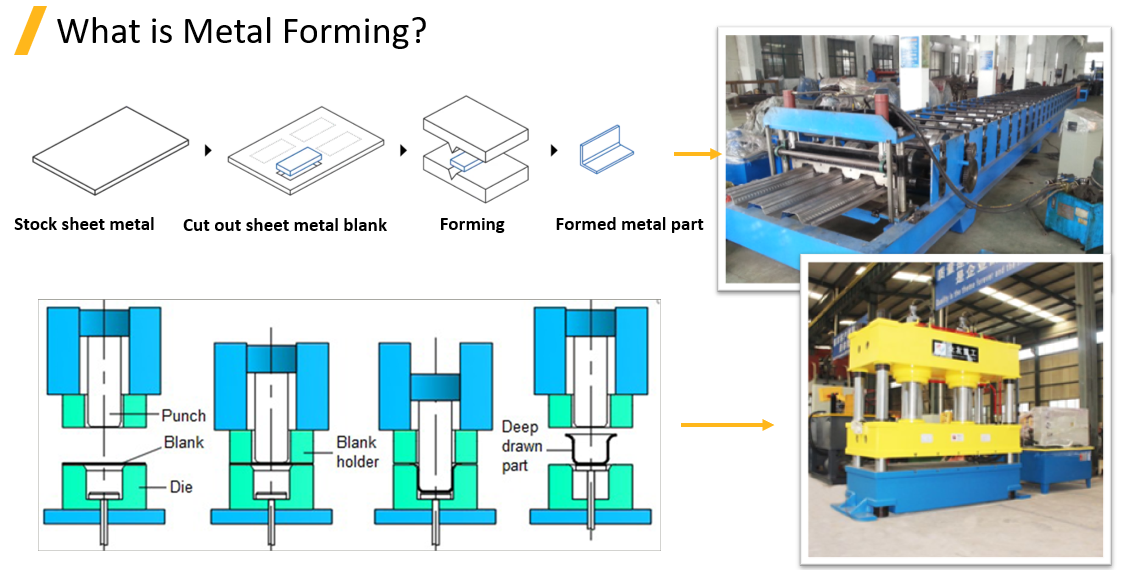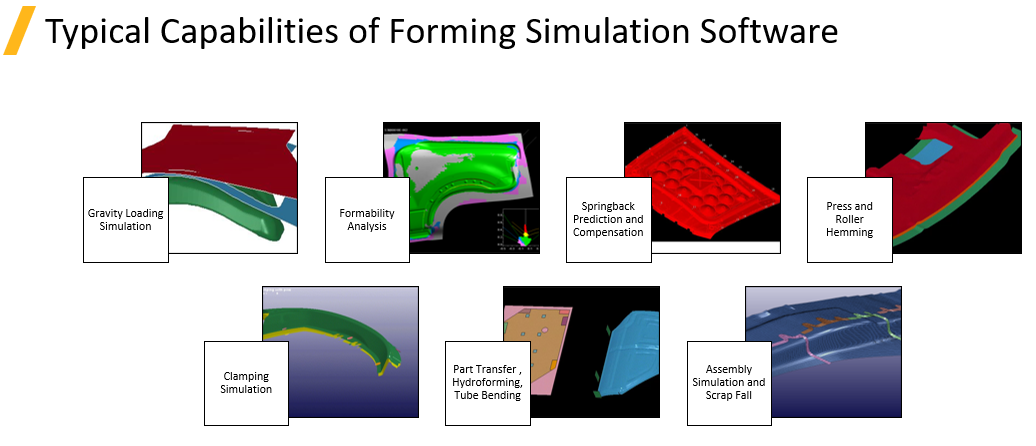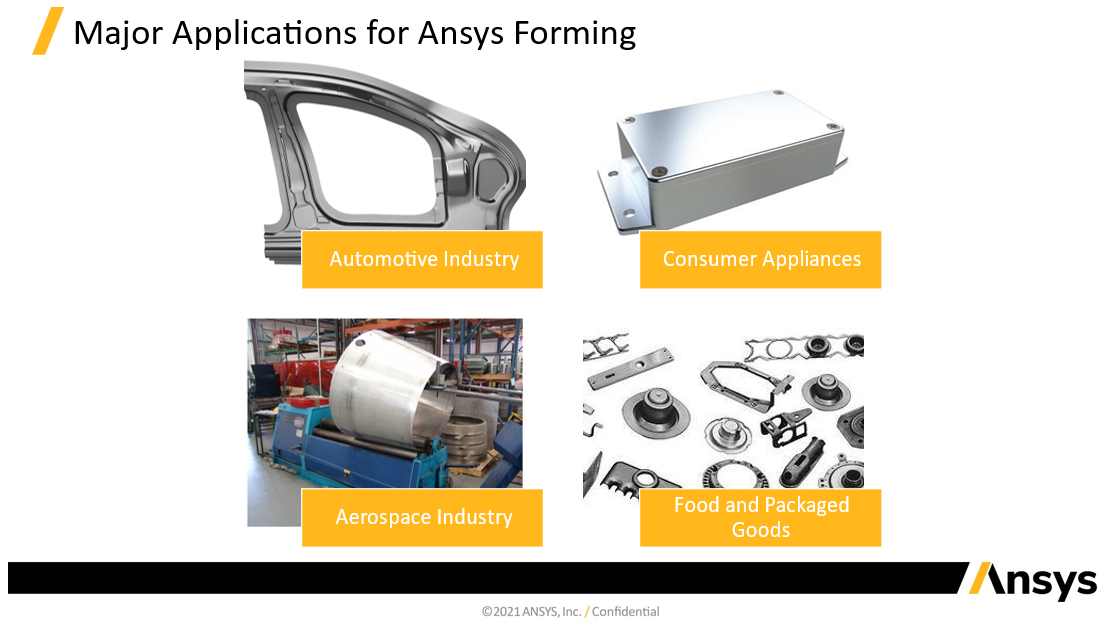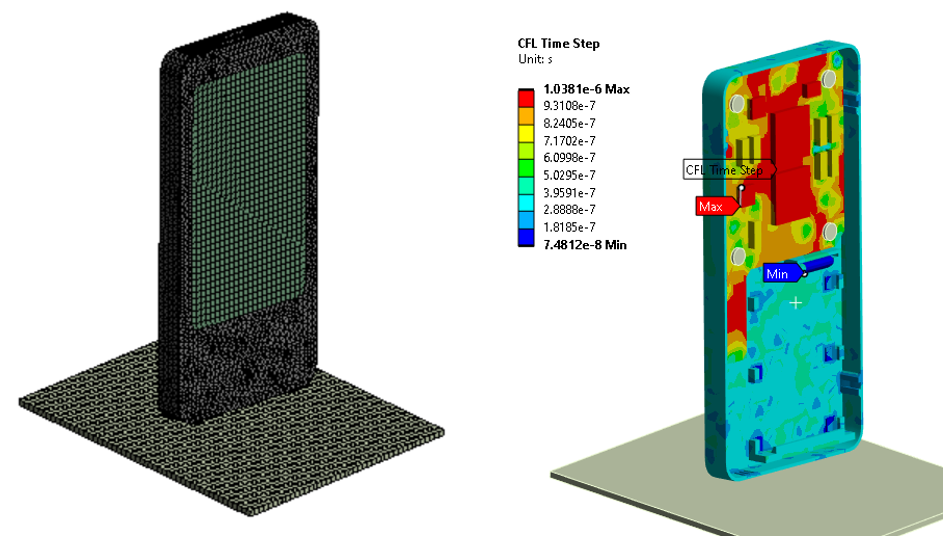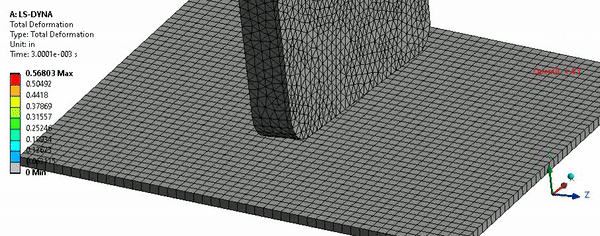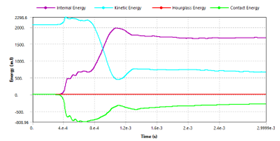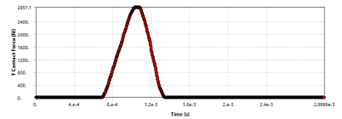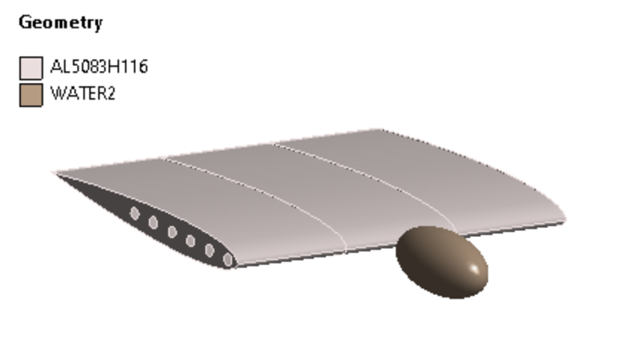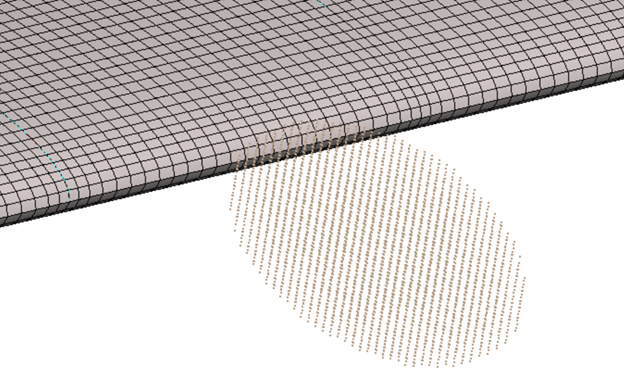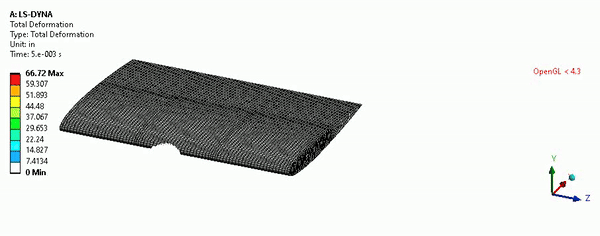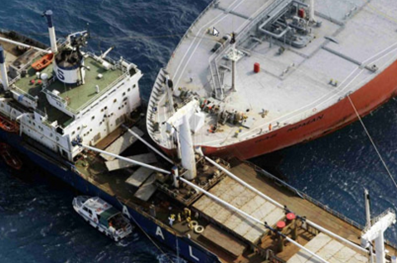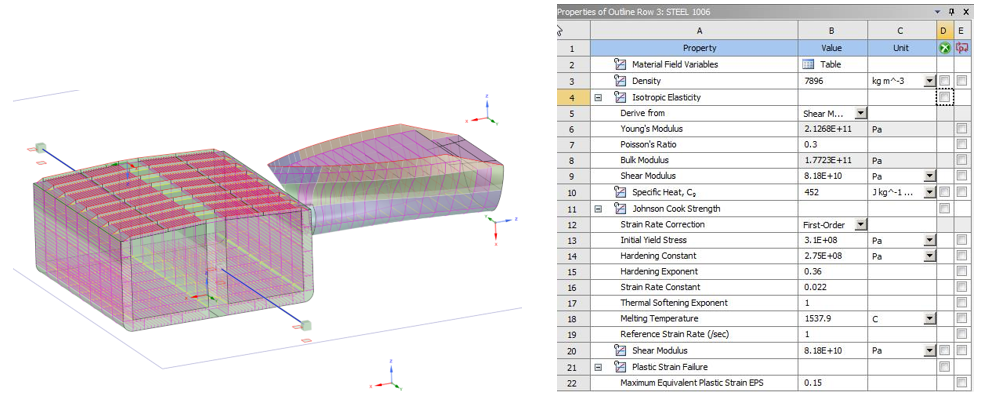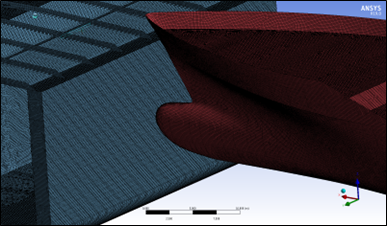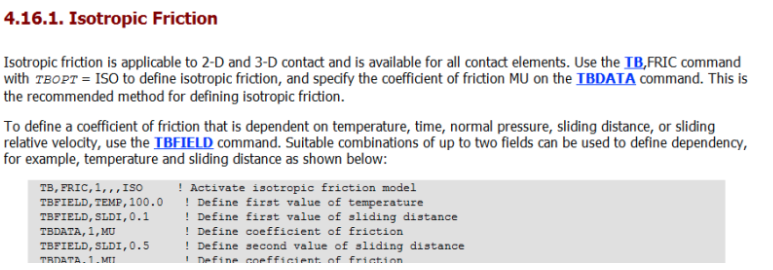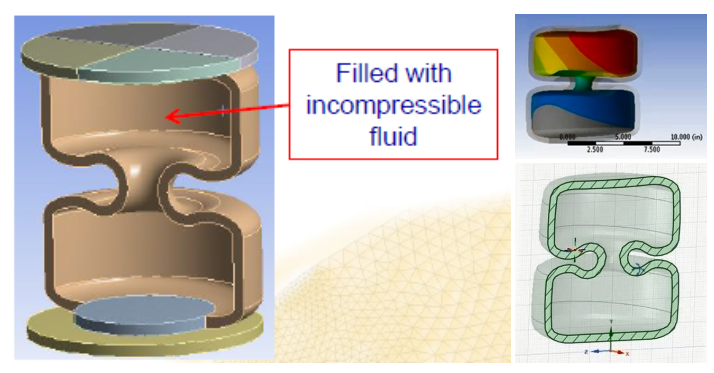Enhancing Torque Analysis in Threaded Fastener Assemblies
Introduction
Torque is a fundamental aspect of fastening technology, ensuring that components remain securely connected under various loads and operating conditions. In threaded fastener assemblies, torque application must be carefully analyzed and controlled to prevent issues such as joint loosening, fatigue failure, or excessive stress on the materials involved. Engineers rely on torque analysis to optimize design, improve reliability, and enhance performance in mechanical assemblies ranging from automotive applications to aerospace and heavy machinery.
Understanding how torque is absorbed and distributed within a threaded assembly is essential for accurate predictions of joint behavior. This blog explores the three primary areas where torque is absorbed, introduces different simulation techniques available in Ansys Mechanical, and explains methods for validating torque using both traditional analytical approaches and modern computational tools. By leveraging these methodologies, engineers can make informed decisions that enhance the efficiency and safety of fastener assemblies.
Torque Distribution in Fastener Assemblies
Torque applied to a threaded fastener assembly is primarily absorbed in three main areas:
- Underhead Friction
- Thread Friction
- Developing Clamping Force that holds components together
The net distribution of torque among these areas plays a crucial role in fastening integrity and performance.
Torque-Angle Relationship
The torque-angle of turn relationship is a valuable method for determining torque using traditional techniques, such as hand calculations. This approach helps engineers estimate torque with reasonable accuracy, ensuring secure fastener connections.
The net distribution of the torque in these 3 main areas is given as below:
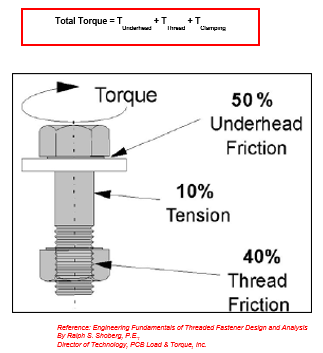
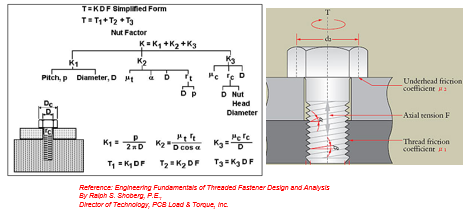
Method 1: Helical Thread Trajectory Simulation
There are several techniques to simulate geometric interference from torque. One approach involves driving the parts in Ansys Discovery along the helical thread trajectory. This method simulates both rotational and axial movement due to torque, creating geometric overlap. To achieve accurate results, the contact offset is set to zero, allowing the actual geometric interference to represent torque application.
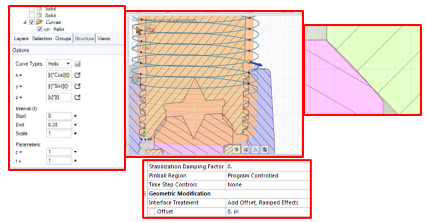
Method 2: Contact-Based Interference Simulation
Second method involves simulating applied torque through contact-based interference. This technique models torque effects by defining contact conditions where the original geometry shows parts merely touching. The simulation then resolves the resulting interference forces.
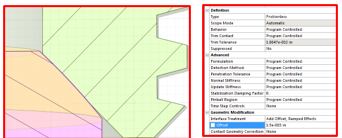
There are couple of different ways to validate torque; one is using traditional method such as hand calculations and second method is to use CAE, in this case, using Ansys.
Traditional Methods to determine torque:
Method 1 is to use the torque-angle of turn relationship as shown below.
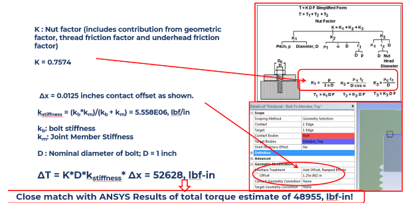
Method 2 is to take the contact element data and output via ETABLE, and the contact pressure is multiplied with contact elements to contact normal force which is then multiplied by friction coefficient to get shear force on each contact element. The shear force is then multiplied with distance of contact element (Centroid) from axis to get torque on contact element and then it’s summed from all contact elements to get overall torque.
Methods to Validate Torque
The Ansys methodology also offers several options. One way is to output solution result tracker as shown illustrated below:


Second way would be to use an MAPDL macro that will deliver the results automatically.

Summary
The difference in the two ways demonstrated here; using the result tracker, Ansys is assuming unity friction coefficient, so user would need to scale the results with appropriate friction coefficient as demonstrated here. For the MAPDL macro, it’s fully automated, the user plugs in the friction coefficient and the total torque is delivered.
The techniques presented here provide ample options for the user to determine total torque; the automated ways using Ansys are accurate and the traditional methods provide quick and dirty answer that gives us a ballpark estimate for a good sanity check. One can use this technique to not only validate torque, but also calibrate the torque if actual angle of turn is unknown through couple of design iteration runs.
The techniques discussed provide engineers with multiple options for torque validation:
- Ansys-based automated methods offer high accuracy and efficiency.
- Traditional hand calculations serve as quick, approximate checks.
Beyond torque validation, these approaches can also help calibrate torque in cases where the actual angle of turn is unknown. By performing multiple design iterations, engineers can refine torque estimates and optimize fastener performance in real-world applications.
Additional Resources
For more insights, check out the following resources:

